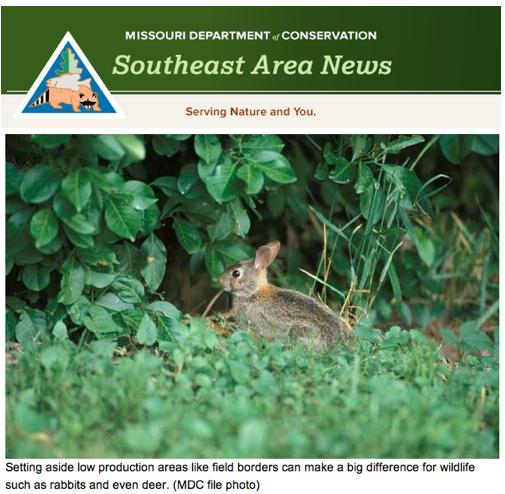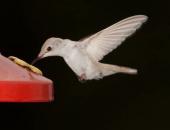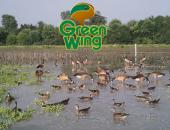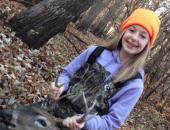Local News
Small Acres Can Be a Big Help for Wildlife
August 06th 2015 by Dee Loflin

“Small areas like pivot corners and field borders are good places for farmers to develop habitat for quail, rabbits and even deer,” McSpadden said.
McSpadden’s been working with Steve Jackson, a row-crop producer from Cardwell. Jackson has numerous field borders and odd field corners that he’s transitioned into wildlife habitat. He’s planted native broadleaf plants, native grasses and scattered clumps of brush in these small areas.
“I have seen more pairs of quail and rabbits this spring than I have in years,” Jackson said, adding that it’s his goal to take his grandson on a successful quail hunt on the Cardwell farm someday.
“Many Bootheel landowners wish they had quality small-game hunting on their own family farm,” McSpadden said. “Steve has proven that even with a few acres, it is very possible.”
McSpadden added that the MDC has various programs to help fund wildlife habitat development on private land.
“Most of the land in Missouri is privately owned, so if wildlife habitat was only developed on public land, our wildlife wouldn’t have enough,” she said. “That’s why is so important that we work with private landowners on the ground and financially to help transition land into areas where wildlife can thrive.”
More information on financial and technical assistance for private landowners can be found online at mdc.mo.gov or by contacting a Private Lands Conservationist. McSpadden can be reached at (573)624-5939, extension 136.
Last Updated on August 06th 2015 by Dee Loflin
https://showmetimes.com/Blogpost/uugg/Small-Acres-Can-Be-a-Big-Help-for-Wildlife





